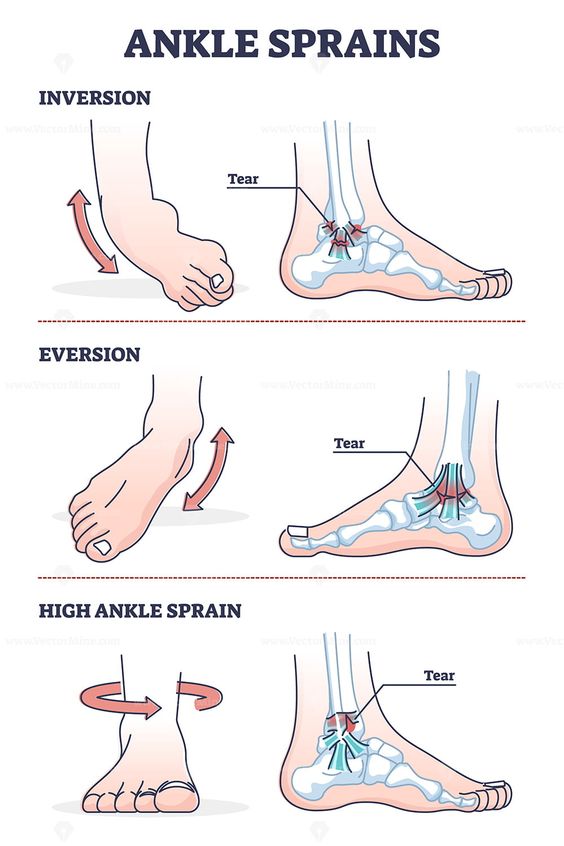The Role of Physiotherapy in Sports is Enhancing Performance, Preventing Injuries, and Facilitating Recovery In the dynamic and high-intensity world of sports, physiotherapy plays a pivotal role in optimizing athletic performance, preventing injuries, and guiding athletes through the recovery process. As an integral part of the multidisciplinary sports medicine team, physiotherapists bring a unique blend of expertise, evidence-based practices, and personalized care to support athletes at all levels of competition.
1. Injury Prevention:
Physiotherapists are instrumental in developing and implementing comprehensive injury prevention strategies. Through the assessment of movement patterns, identification of risk factors, and the design of targeted exercise programs, they work to enhance athletes' physical resilience and reduce the likelihood of sports-related injuries. By addressing muscular imbalances, improving flexibility, and enhancing neuromuscular control, physiotherapists help athletes build a strong foundation that can withstand the demands of their sport.
2. Performance Enhancement:
Physiotherapists play a crucial role in helping athletes reach their full potential by addressing physical limitations and optimizing their biomechanics. Through the use of advanced motion analysis techniques, they can identify areas for improvement in an athlete's movement patterns, power generation, and energy efficiency. Armed with this knowledge, physiotherapists collaborate with coaches and trainers to develop personalized training regimens that target specific areas of weakness, ultimately enhancing the athlete's speed, agility, strength, and overall athletic performance.
3. Injury Assessment and Management:
When an injury occurs, physiotherapists are at the forefront of the assessment and management process. Their extensive knowledge of the musculoskeletal system, combined with advanced diagnostic skills, allows them to accurately identify the nature and severity of the injury. This information is then used to develop a comprehensive rehabilitation plan that incorporates a range of evidence-based interventions, such as manual therapy, therapeutic exercises, and the use of specialized equipment. By guiding athletes through this recovery process, physiotherapists ensure a timely and successful return to their sport, minimizing the risk of re-injury.
4. Rehabilitation and Return to Sport:
The rehabilitation process is a crucial phase in the sports medicine continuum, and physiotherapists are instrumental in facilitating a safe and effective return to sport. Through the use of progressive, sport-specific exercises and the implementation of strategies to address kinetic chain dysfunction, they work to restore the athlete's strength, flexibility, and neuromuscular control. Physiotherapists also collaborate closely with coaches and trainers to develop tailored training programs that gradually reintegrate the athlete back into their sport, ensuring a smooth and successful transition.
5. Addressing the Unique Needs of Different Sports:
The world of sports encompasses a diverse array of disciplines, each with its own unique physical demands and injury patterns. Physiotherapists in the sports setting possess a deep understanding of these sport-specific requirements, allowing them to provide specialized care and optimize the performance and well-being of athletes. Whether working with team-based sports, individual events, or specialized activities, physiotherapists adapt their approach to address the specific needs and challenges faced by each athlete.
In the dynamic and ever-evolving landscape of sports, the role of physiotherapy continues to grow in importance. By blending their expertise in injury prevention, performance enhancement, and comprehensive rehabilitation, physiotherapists are essential members of the sports medicine team, empowering athletes to achieve their goals, overcome setbacks, and reach new heights of excellence
Sports Injuries
Sports Injuries are common and can occur throughout your body to bones, muscles, tendons, ligaments and other structures. You can treat many minor injuries at home with rest, ice, compression, elevation and over-the-counter pain medications. But some injuries require medical treatment, such as immobilization, physical therapy and surgery.
Most Common Sports Injuries
There are many types of sports injuries. Some of the most common are:
- Broken bone: A broken bone (bone fracture) can happen when sudden force is applied to a bone.
- Cartilage tear: Cartilage is a tough but flexible shock absorber that covers and protects the ends of some bones. Cartilage injuries can occur in joints such as your knee and shoulder.
- Concussion: A concussion is a brain injury caused by a bump or blow to your head.
- Dislocation: Dislocation occurs when the end of a bone moves out of its normal position in a joint. For example, if your shoulder pops out of its socket, it’s dislocated.
- Tendinitis: Tendinitis occurs when your tissues that connect muscles to bones (tendons) become swollen and inflamed. It’s caused by repetitive movements over time. An example is jumper’s knee (patellar tendonitis).
- Sprains: A sprain happens when a ligament stretches too much or tears. Ligaments connect bones and stabilize joints. These inj
uries can be mild or severe, and they’re common in your ankle, knee and wrist. - Strains: A strain occurs when you overextend a muscle and it stretches or tears. Examples include hamstring strain, back strain and abdominal strain.
Management and Treatment
Treatment for sports injuries varies widely, depending on the type and severity. Many sports injuries heal in a few days or weeks with rest and at-home strategies.
But for more serious injuries, treatment may involve:
- Immobilization with a cast, splint, sling, walking boot or other medical device.
- Injections to reduce swelling and pain.
- Prescription anti-inflammatory medications.
- Surgery to correct fractures or repair ligament, tendon or cartilage tears.
- Physical therapy (also called rehabilitation or rehab) to heal and strengthen injured body parts.









0 Comments